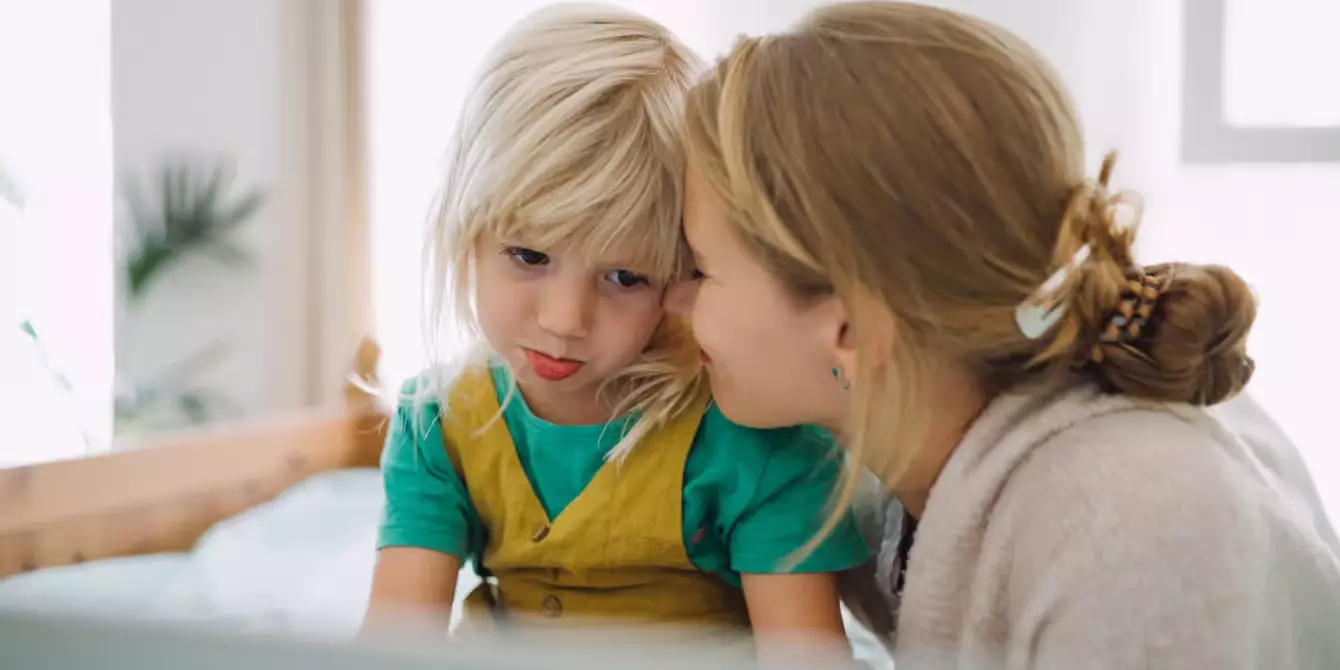Tantrums can be overwhelming experiences for both parents and children, often feeling like a tempest ready to erupt at any moment. In the chaotic world of parenting, particularly with toddlers, these emotional outbursts can feel like an unpredictable rollercoaster ride. I find myself grappling with this reality, raising a 6-year-old and a 3-year-old who both have their fair share of emotional flare-ups. Yet, amidst the daily challenges, understanding and managing these moments doesn’t have to be a daunting task. With the right strategies and a dash of imagination, we can transform tantrums into valuable learning opportunities.
The emotional landscape of children is complex and unique. Research conducted by experts at the Yale Center for Emotional Intelligence reveals that tantrums are not merely behavioral issues; they stem from a child’s struggle to understand and express their emotions. Rather than viewing tantrums solely as chaos to be quelled, it’s essential that we see them as pivotal moments for growth. The journey towards emotional intelligence begins with recognizing the power of acknowledged feelings.
The Five Essential Emotional Skills
An effective approach to tempering tantrums involves teaching children five fundamental emotional skills: recognition, understanding, labeling, expressing, and regulating their emotions. These skills create the groundwork for emotional intelligence, paving the way for children to handle their feelings constructively.
However, timing is critical. Parenting often triggers moments where emotions bubble over; using these instances to teach lessons may be impractical. Neuroscience suggests that during a tantrum, children’s brains are like overloaded circuits. They are not in the best state for absorbing lessons. Instead, we can leverage calmer moments to foster understanding and emotional growth.
Learning Through Play: The Key to Emotional Empowerment
The secret to instilling these vital skills lies in the art of playful learning. Engaging kids through games, storytelling, and creative activities during peaceful times enables them to internalize these lessons more effectively. Children are like sponges, absorbing knowledge when they are relaxed and enjoying the process.
For instance, why not turn emotional learning into a game? A fun activity like emotions charades can be an excellent way to help children recognize and express feelings without the pressure of a tantrum. As you make different faces and gestures to represent various emotions, your child can practice identifying and labeling those feelings.
Additionally, incorporating stories at bedtime allows for deeper conversations about emotions. Ask your child if they can recall a time they felt similarly to a character in a story and explore the root of that feeling. This not only makes emotional intelligence concrete but also nurtures empathy and understanding.
Creative Strategies to Build Emotional Skills
Several interactive and creative methods can help children develop their emotional toolbox. One such idea is to create a “calm-down” bin filled with items that can help them soothe themselves when emotions run high. This could include quiet books, fidget toys, or materials for building something—encouraging kids to seek comfort and calmness during tough moments.
Another engaging activity is setting up a pretend grocery store where you can act out various customer scenarios—happy, sad, or angry. This type of dramatic play fosters creativity while illustrating safe ways to express emotions. Encouraging children to share their feelings not only nurtures their vocabulary but also strengthens your bond as they learn to navigate their emotional world.
You can even make emotional education a collaborative artistic endeavor by using fruits and vegetables to represent different feelings. As you and your child design faces on edible items, discuss what scenarios might evoke those emotions. This visual and tactile experience aids in solidifying their understanding of emotions while having fun.
Fostering a Supportive Environment for Growth
Tantrums are an inevitable part of the parenting journey, but the goal is not to eradicate them but to empower children with the tools they need to manage their emotions. By embedding emotional learning into everyday life, we can create a nurturing environment that prioritizes emotional intelligence and resilience.
Through imaginative play, storytelling, and thoughtful discussion, parents can guide their children toward recognizing and regulating their emotions effectively. This holistic approach can turn the tide on daily tantrums, transmuting them into teachable moments that foster growth and connection.
In the end, navigating the trials of tantrums is not just about minimizing disruptions; it’s about equipping our children with essential life skills that will serve them well into adulthood. As parents, we have the opportunity to shape emotionally intelligent, empathetic individuals ready to face life’s challenges with grace and understanding.

